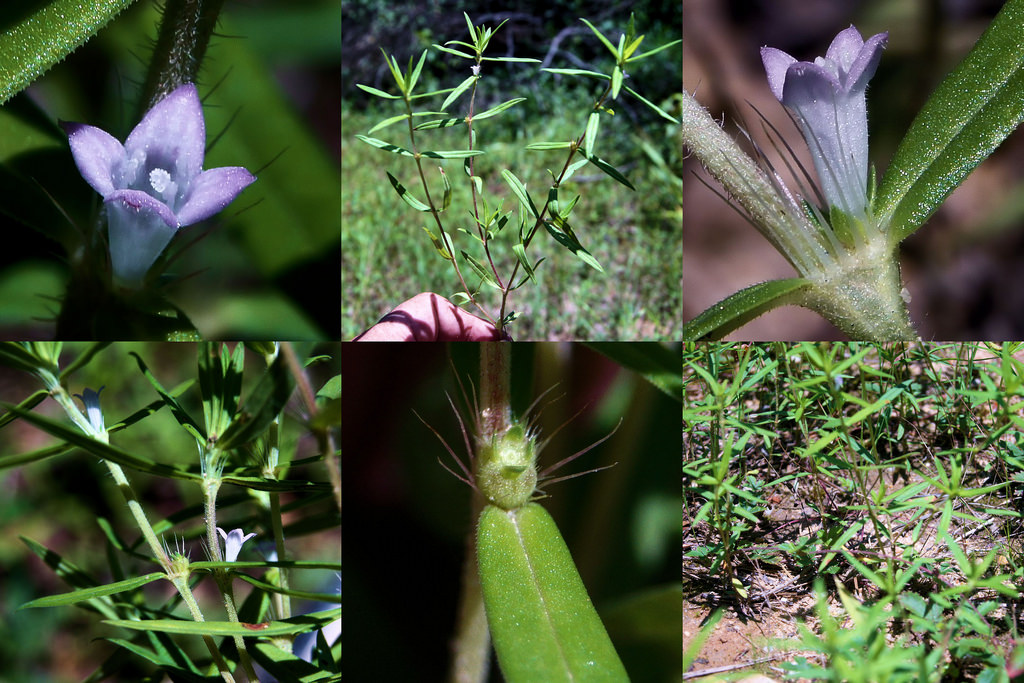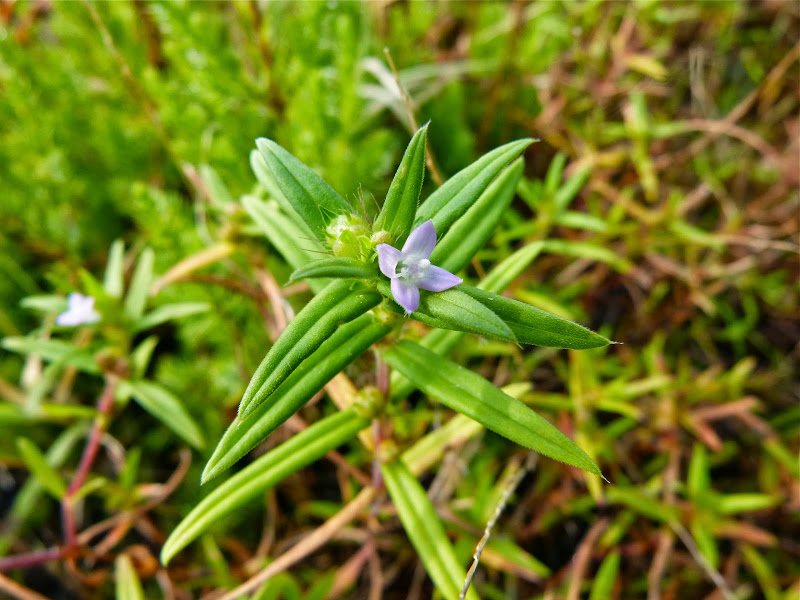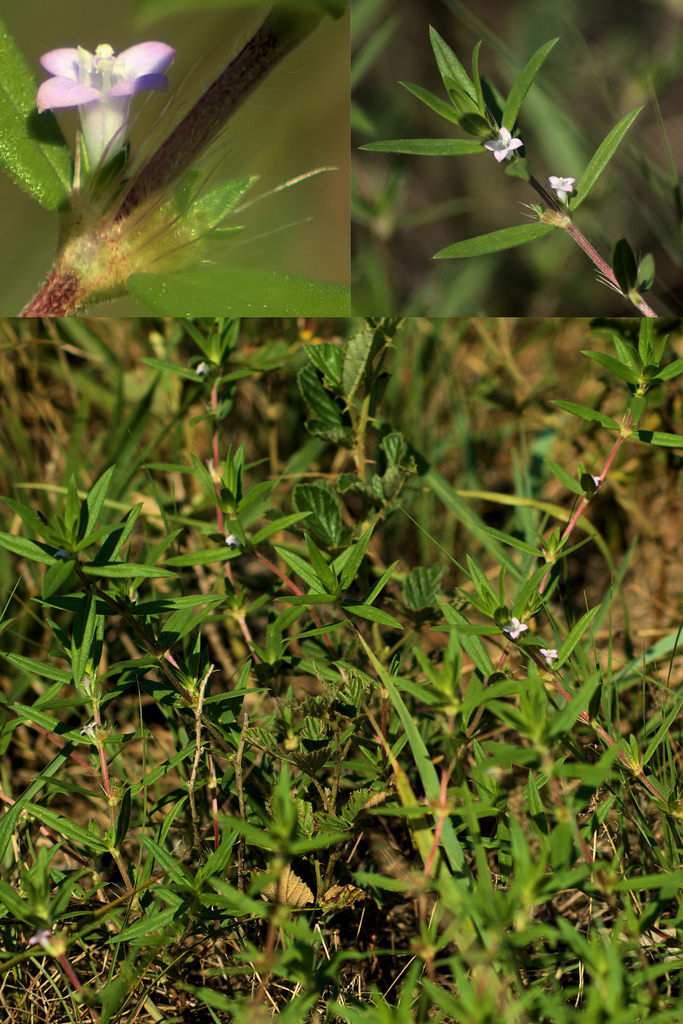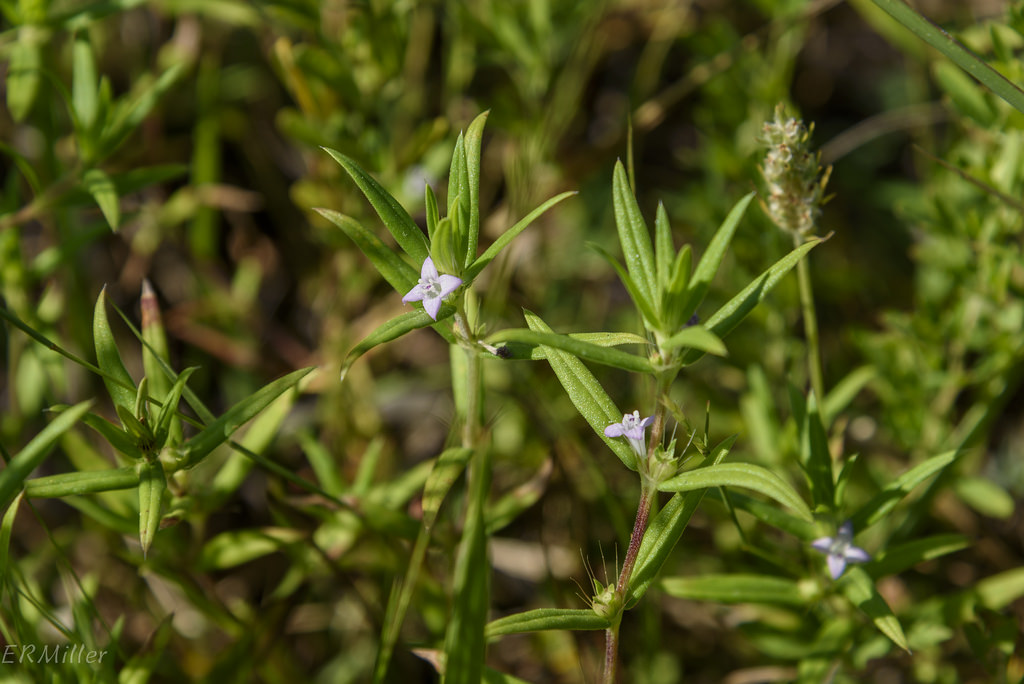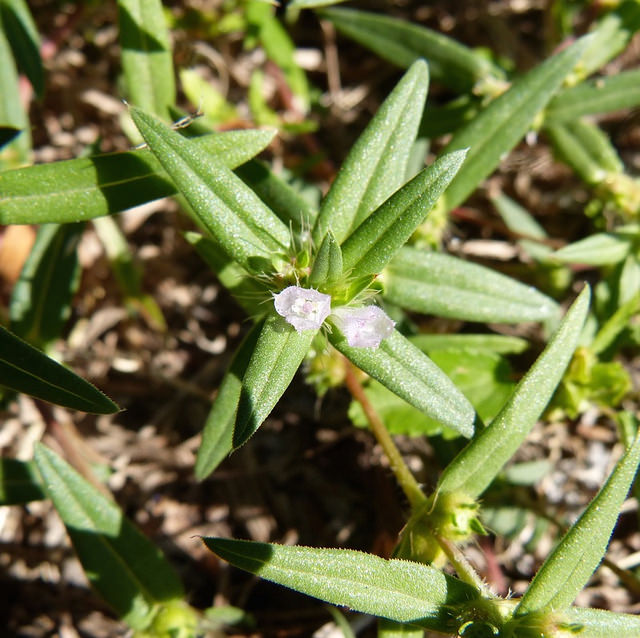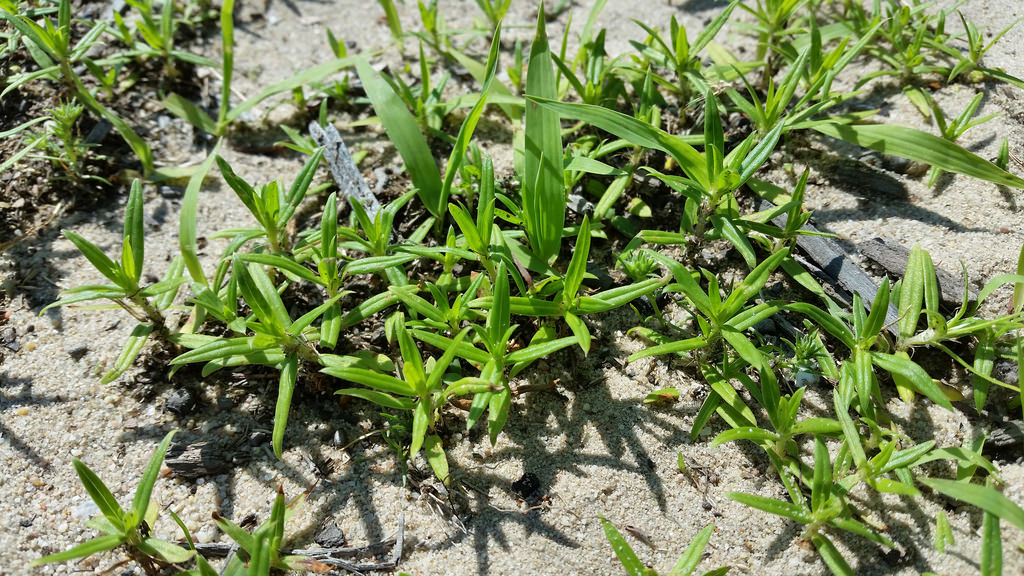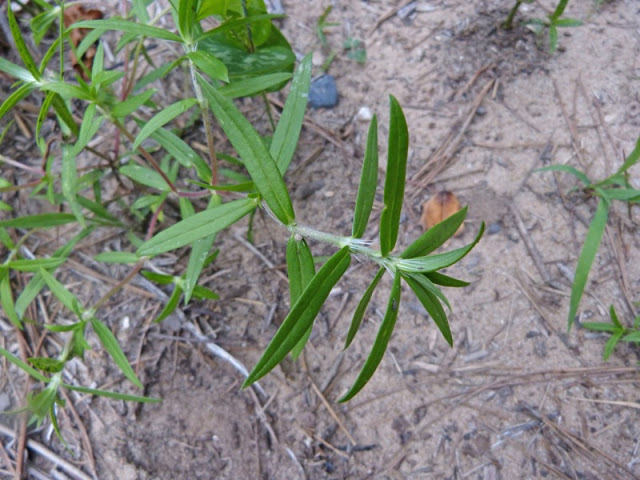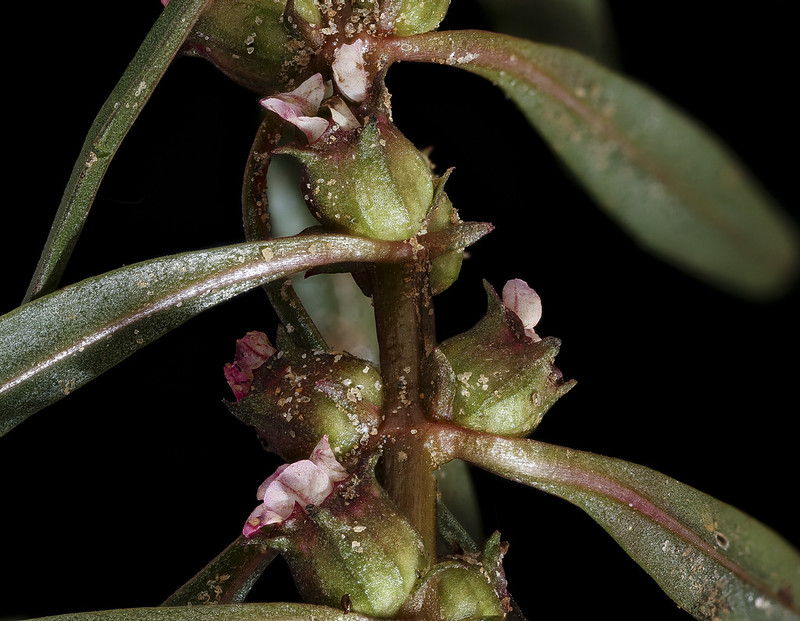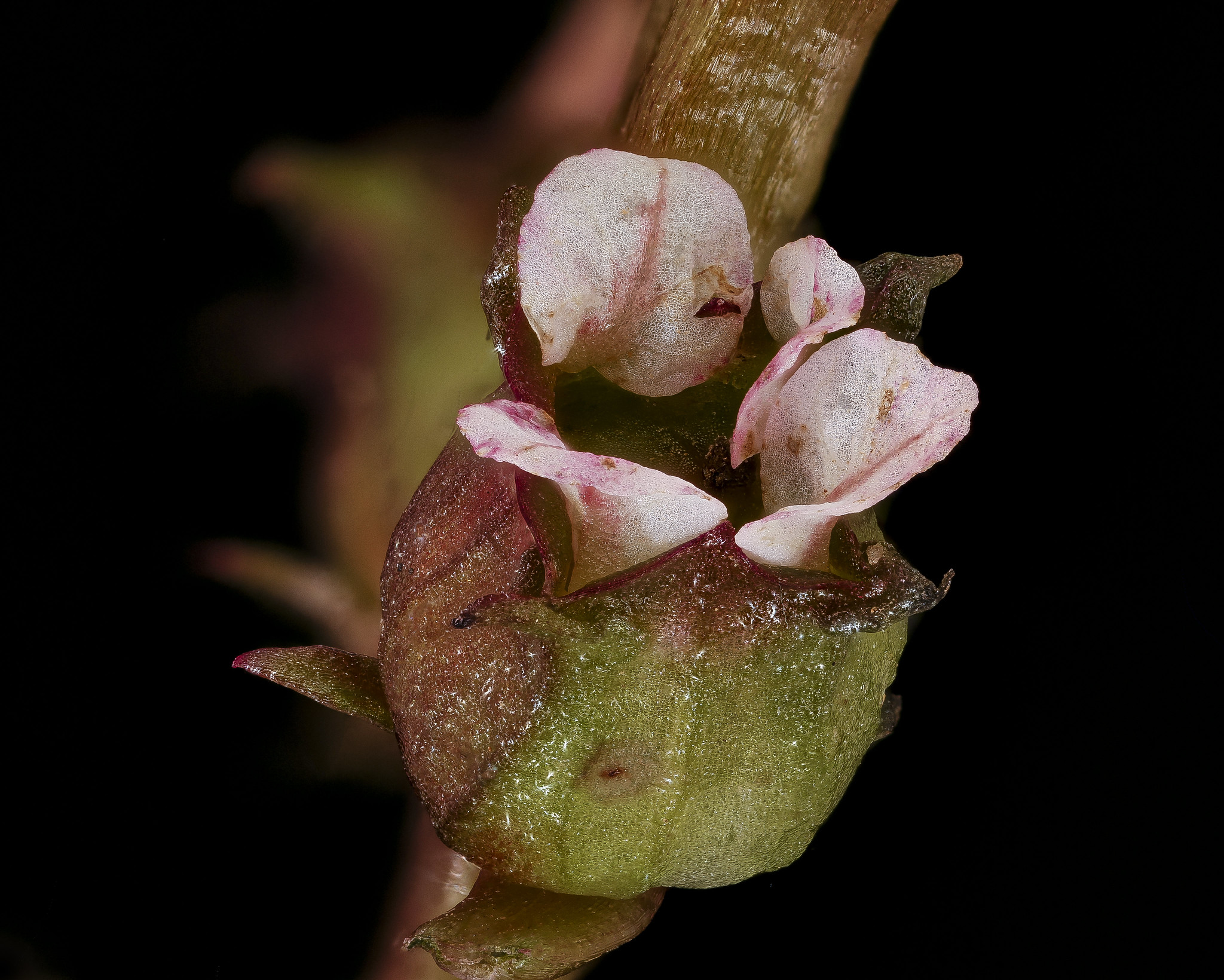Map Snapshot


















228 Records
Relationships
Host plant for Tersa Sphinx Moth (Database of World's Lepidopteran Host Plants).
Seasonality Snapshot
Source: Wikipedia
| Hexasepalum teres | |
|---|---|

| |
| Scientific classification | |
| Kingdom: | Plantae |
| Clade: | Tracheophytes |
| Clade: | Angiosperms |
| Clade: | Eudicots |
| Clade: | Asterids |
| Order: | Gentianales |
| Family: | Rubiaceae |
| Genus: | Hexasepalum |
| Species: | H. teres
|
| Binomial name | |
| Hexasepalum teres (Walter) J.H.Kirkbr.
| |
| Synonyms | |
|
List
| |
Hexasepalum teres is a species of flowering plant in the coffee family known by the common names poorjoe and rough buttonweed.[citation needed] This annual plant is native to Mexico, Central America, South America, the West Indies and the United States from California to Florida and from Kansas to Massachusetts.[1] The species is also naturalized in the Netherlands, the Canary Islands, Western Africa, Angola, China, Japan and Korea,[2] India, and Madagascar.[3]
Hexasepalum teres has a thin, erect or prostrate stem rarely up to 65 cm (26 in) in height. It has opposite leaves which are stiff, dark green, elliptical, pointed, and roughly-textured, up to 3 cm (1.2 in) long. Each pair of leaves cradles a flower at its base. The small white to pinkish-purple flower has four stiff petal-like lobes up to 12 mm (0.47 in) long and 10 mm (0.39 in) wide. The fruit is ellipsoid, splitting into two nutlets This plant is most common in sandy areas such as desert dunes and river floodplains.[2][4]
References
[edit]- ^ USDA Plants Database
- ^ a b "Yi-Ding Gao, Rui-Jiang Wang & Ching-I Peng. 2010. Diodia teres Walt. (Rubiaceae), a Newly Recorded Weed in Fujian. Taiwania 55 (2): 177-179" (PDF). Archived from the original (PDF) on 2014-05-04. Retrieved 2014-05-03.
- ^ Invasive Species Compendium, Diodella teres
- ^ Small, John Kunkel & Carter, Joel Jackson. 1913. Flora of Lancaster County (Pennsylvania) 271.
External links
[edit]- Jepson Manual Treatment
- NRCS. "Diodella teres". PLANTS Database. United States Department of Agriculture (USDA).
- Go Botany, New England Wildflower Society
